.
An Ode to Silay
Cathedral bells now toll,
And horses march the streets,
The crowd has filled the hall,
We hear the priest now preach.
A lady makes a curtsy
To the Lord respectfully.
The marble pillars stand,
The bougainvillea blooms,
The sky azure and grand,
The silk dress wafts perfume.
Generals here once dined
And spoke in Spanish refined.
The mansions white and rose
Tell stories without words,
Where artists once composed
And played their joyous chords.
The broken piano of ivory…
Oh songs now sealed in memory!
The carriage horses gallop
To meet the ships at harbor,
Where hopeful youth once gallant,
Embarked to study with ardor,
To loved ones left, dressed well,
Filipiniana, farewell!
.
Filipiniana: traditional clothing of the Philippines.
.
.
Yoshikaze Kawakami studied classical Japanese literature in Tokyo. He has published translations of Noh theatre in Poetry and Wordplay in Noh Theatre.



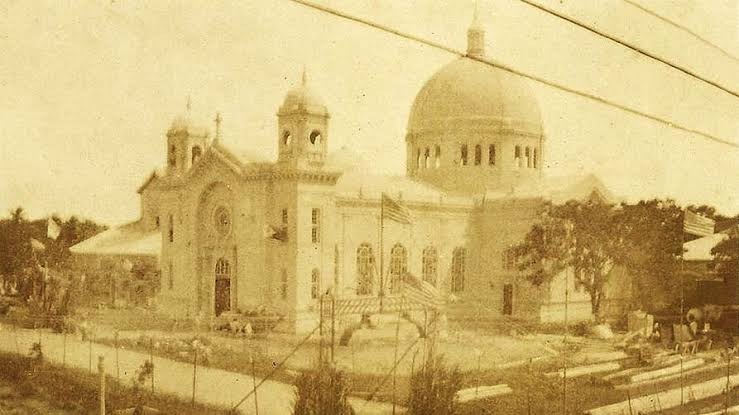
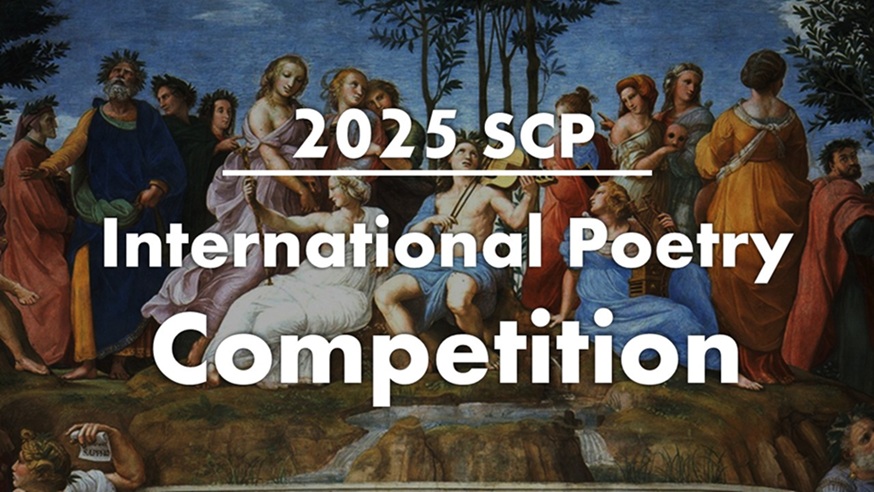
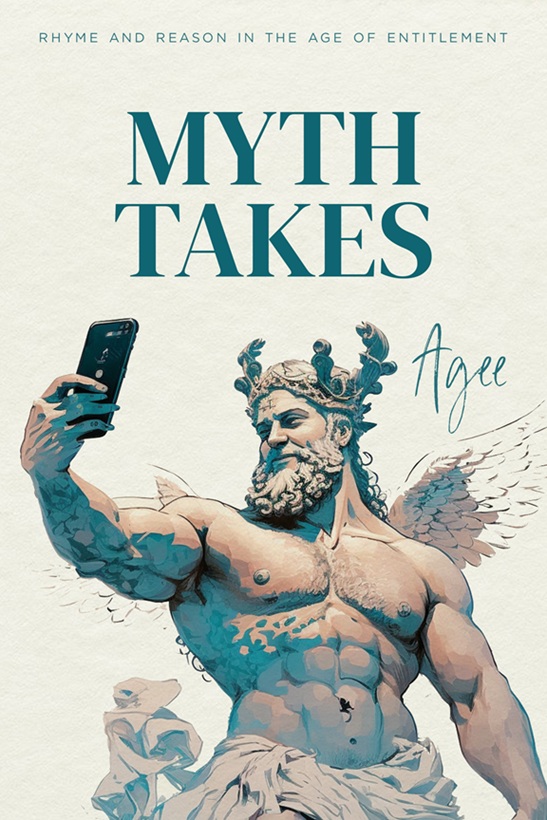

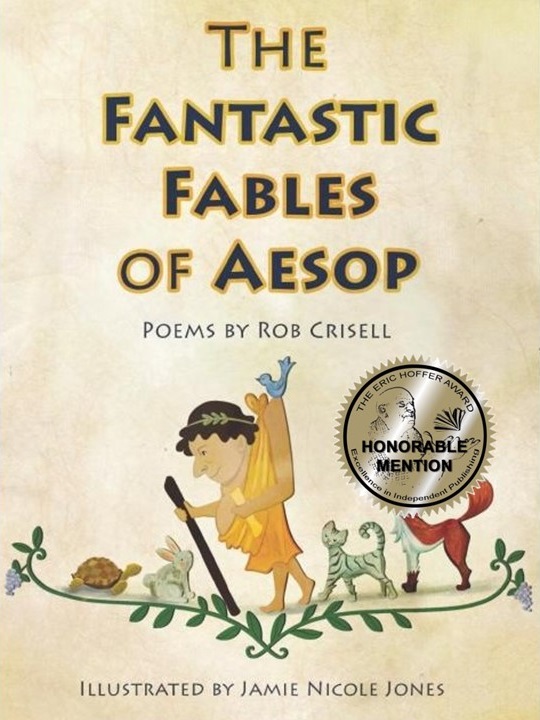
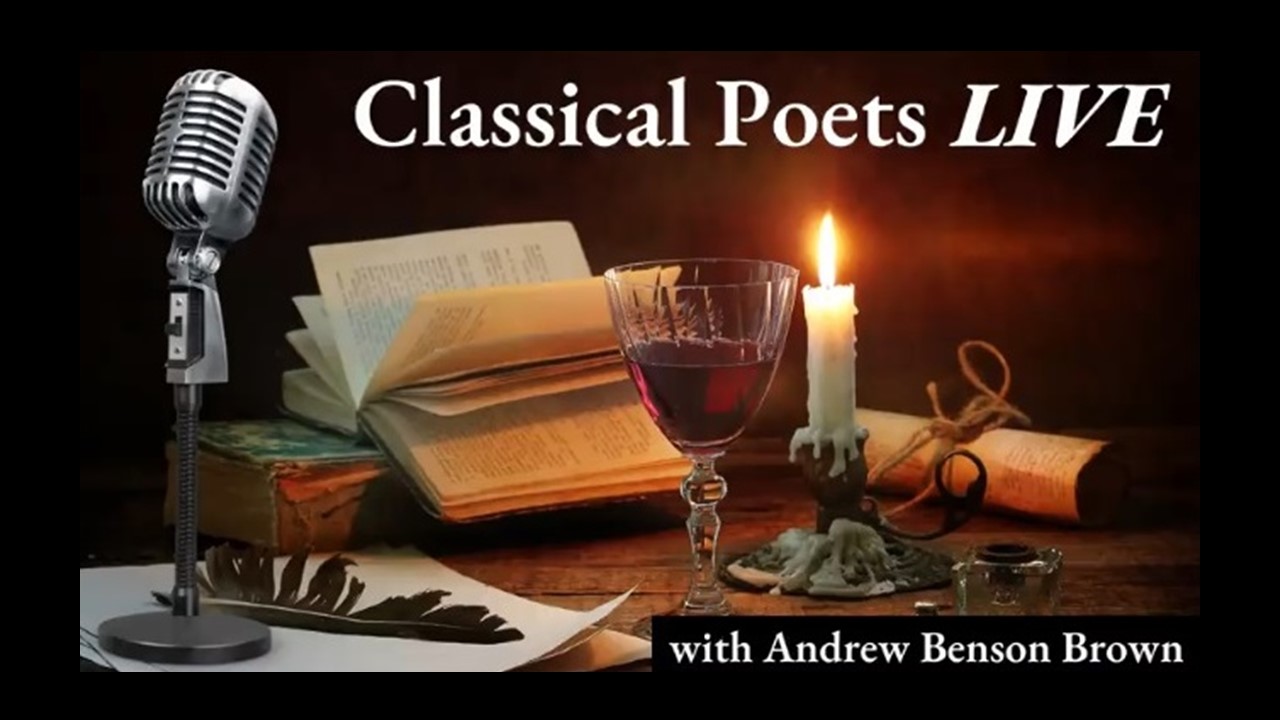

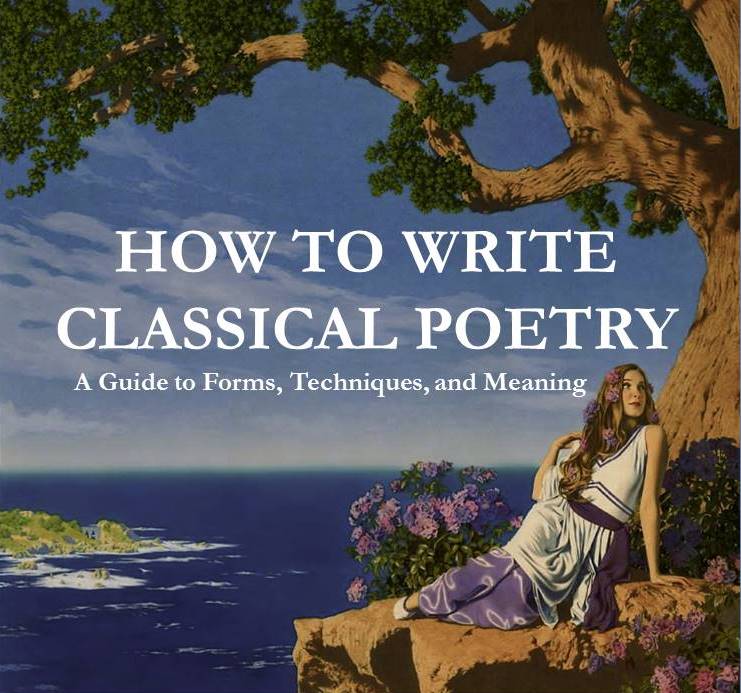




I enjoyed your fine fond remembrance of this former Spanish colonial city in the Philippines.
Love this melodious ode, Yoshikaze! Thank for sharing!
Some wonderful imagery of a bygone era.
Thanks for the read, Yoshikaze.
The poem has an intriguing time scheme. We see “now” twice in the first stanza, but in the second, “once dined/And spoke” introduces the past tense. We may think we’ve returned to the same, present tense “now” when the mansions “tell” stories, but those homes are preserved from the past to tell of what “artists once composed.” The third stanza features the broken piano of “songs now sealed in memory.” A splendid expression implying that the hearers are now dead and sealed in their graves. If they were still living, the songs could still be called forth from memory. What about the fourth stanza? We see “gallop” in the present tense, but “once” says we’re in the past. It’s our memories, excited by the poem, that see galloping carriage horses and students bidding farewell, as we do, with them, when the poem closes. You could change “gallop” to “galloped,” but that might sacrifice the immediacy of the reader’s experience. I like it as is!
You give us a joyous picture, yet reading on we find out it’s tinged with a sense of loss. There is ever the slightest mournful tone, emphasized by the “farewell” in the final line. You give us not just a vignette, but a vision of a lost world.